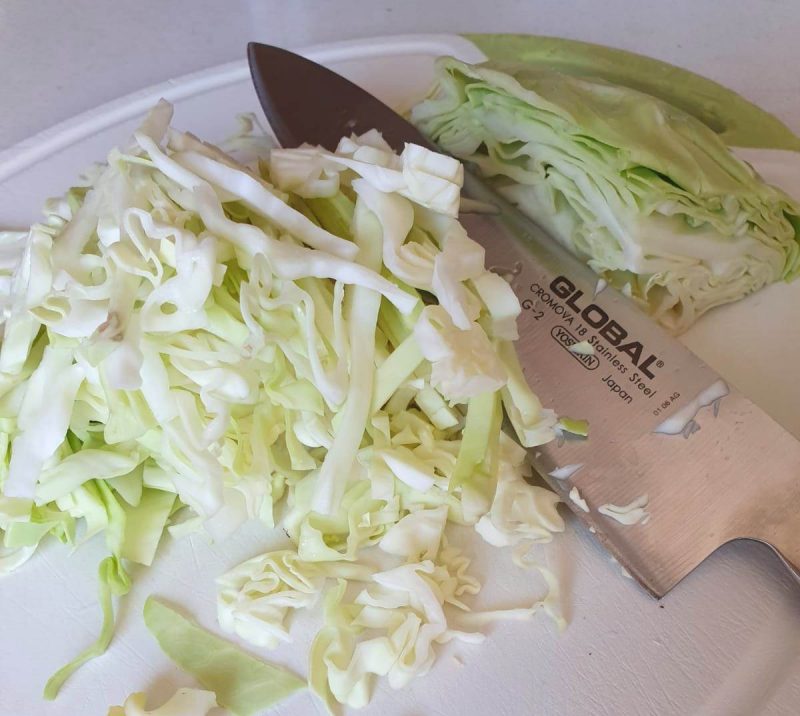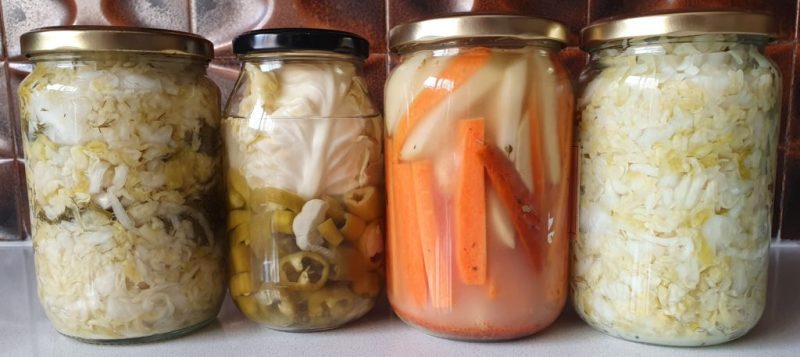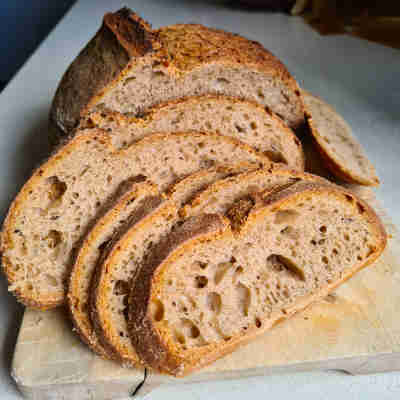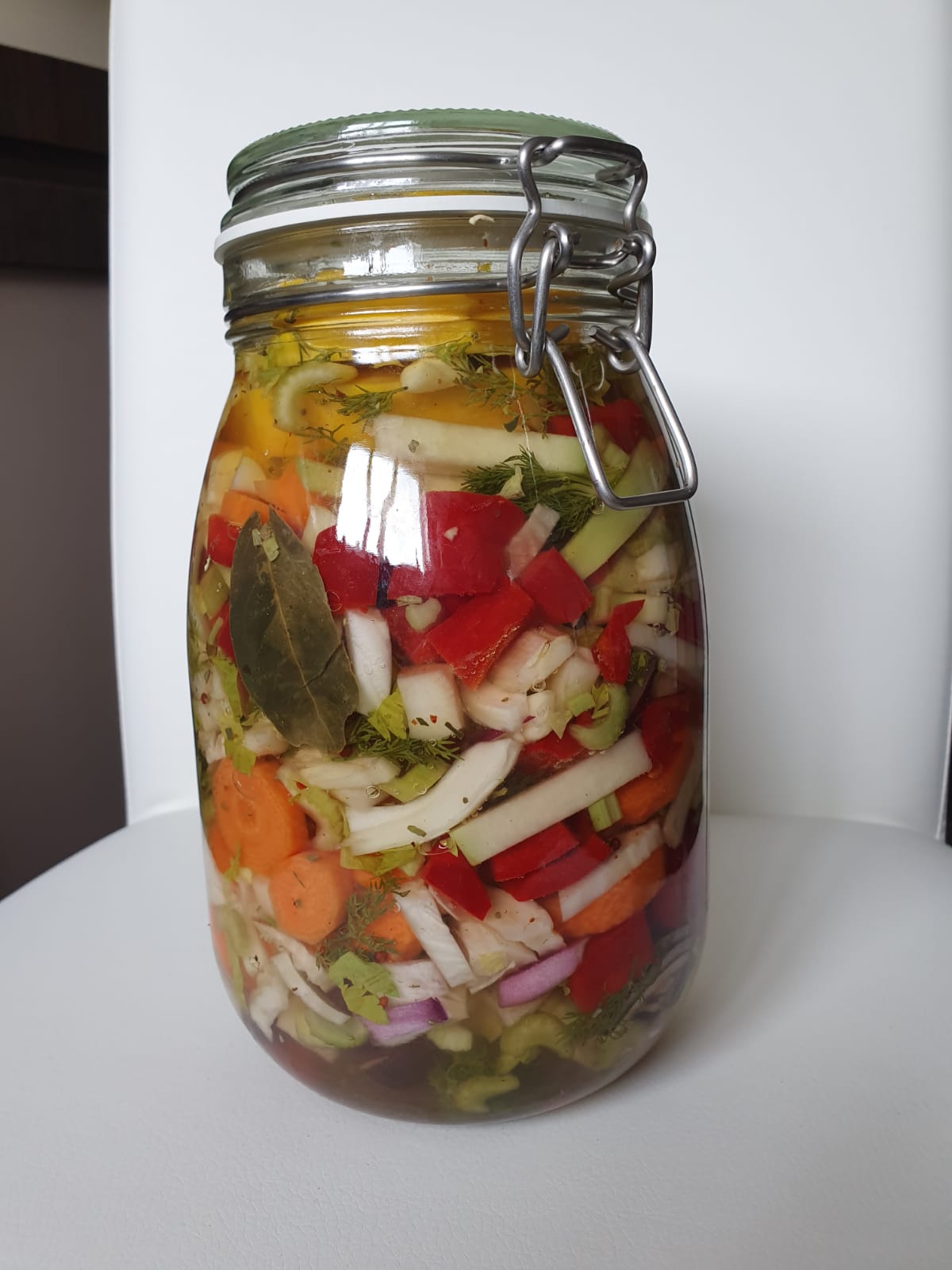Fermented foods are not only delicious but also packed with probiotics that promote gut health. These friendly bacteria support digestion, boost your immune system, and improve overall well-being. Best of all, you can easily make many probiotic-rich foods at home with a few basic tools. In this guide, we’ll explore the top 10 probiotic foods you can ferment in your kitchen and how to get started.
Fermented foods have been consumed for thousands of years across different cultures, as noted in this comprehensive overview from the NCBI.
What Are Probiotics and Why Are They Important?
Probiotics are live microorganisms, primarily bacteria, that offer health benefits when consumed in the right amounts. Fermented foods provide a natural source of these beneficial bacteria, which can balance the gut microbiome, improve digestion, and even enhance mental health. Probiotics are live microorganisms that provide health benefits, particularly for digestive and immune health, as shown in research from Harvard Health.
Top 10 Probiotic-Rich Foods to Make at Home
1. Sauerkraut

Sauerkraut, made from fermented cabbage, is rich in probiotics and a staple of traditional diets worldwide. It’s one of the easiest fermented foods to make at home.
For a detailed step-by-step guide to making traditional sauerkraut, check out this recipe from Cultures for Health.
- Ingredients: Cabbage, salt
- Fermentation Time: 1 to 4 weeks
- Health Benefits: Boosts digestion, rich in fiber, improves gut health
How to Make It: Shred cabbage, add salt, and pack it tightly into a jar. Make sure the cabbage stays submerged under its own brine. Let it ferment at room temperature for at least a week, tasting as it goes.
2. Kimchi
Kimchi is a Korean staple made from fermented vegetables like napa cabbage and radishes. It’s spicy, tangy, and loaded with probiotics.
- Ingredients: Napa cabbage, garlic, ginger, Korean red pepper flakes, radish
- Fermentation Time: 3 to 7 days
- Health Benefits: High in antioxidants, promotes gut health, supports the immune system
How to Make It: Salt and rinse the cabbage, then mix with a spicy paste made from garlic, ginger, and chili. Pack tightly into a jar and let ferment.
3. Kombucha
Kombucha is a fermented tea that has gained immense popularity due to its refreshing taste and gut-friendly probiotics.
Kombucha is fermented using a SCOBY, which stands for ‘Symbiotic Culture of Bacteria and Yeast.’ Learn more about how SCOBYs work from Kombucha Brewers International.
- Ingredients: Tea, sugar, SCOBY (symbiotic culture of bacteria and yeast)
- Fermentation Time: 7 to 14 days
- Health Benefits: Aids digestion, detoxifies the body, improves liver function
How to Make It: Brew tea, add sugar, and once it cools, add the SCOBY. Let it ferment for about a week, then bottle and let it carbonate.
4. Kefir
Kefir is a fermented milk drink similar to yogurt but with a thinner consistency. It’s packed with probiotics and easy to make at home.
Kefir is well-known for its digestive benefits and rich probiotic content. Read more about its health benefits in this article from the Cleveland Clinic.
- Ingredients: Milk, kefir grains
- Fermentation Time: 12 to 24 hours
- Health Benefits: Supports bone health, improves digestion, rich in calcium
How to Make It: Combine milk and kefir grains in a jar, cover, and let ferment at room temperature for a day. Strain the grains out before drinking.
5. Yogurt
Homemade yogurt is a simple and cost-effective way to enjoy a probiotic-rich food daily. It’s also customizable with your favorite flavors and sweeteners.
- Ingredients: Milk, yogurt starter (or a bit of pre-made yogurt)
- Fermentation Time: 6 to 12 hours
- Health Benefits: Promotes gut health, high in protein, boosts the immune system
How to Make It: Heat milk, let it cool, then mix in the yogurt starter. Keep it warm (using an oven or yogurt maker) until it sets.
6. Pickles (Lacto-Fermented)

Lacto-fermented pickles are made without vinegar, allowing the natural bacteria to develop during fermentation.
- Ingredients: Cucumbers, salt, water
- Fermentation Time: 3 to 7 days
- Health Benefits: Improves digestion, rich in antioxidants
How to Make It: Submerge cucumbers in saltwater brine, and let them ferment at room temperature. Ensure the cucumbers are always under the brine to avoid mold.
7. Miso
Miso is a fermented soybean paste that adds rich umami flavor to soups and sauces. It’s a staple in Japanese cuisine and full of beneficial bacteria.
- Ingredients: Soybeans, salt, koji (fermented rice)
- Fermentation Time: Several months to years
- Health Benefits: High in protein, boosts immune function, supports digestion
How to Make It: Although time-consuming, you can make miso by fermenting cooked soybeans with koji. The process takes several months but yields a deeply flavorful paste.
8. Tempeh
Tempeh is a fermented soybean cake originally from Indonesia. It’s a great source of plant-based protein and probiotics, making it a favorite among vegetarians.
- Ingredients: Soybeans, tempeh starter (Rhizopus mold)
- Fermentation Time: 24 to 48 hours
- Health Benefits: High in protein, improves digestion, rich in probiotics
How to Make It: Cook soybeans, mix with the starter, and let ferment in a warm environment until a white mold forms, binding the beans together.
9. Sourdough Bread

Sourdough bread uses naturally occurring lactic acid bacteria and wild yeasts to ferment the dough, resulting in a tangy flavor and improved digestibility.
- Ingredients: Flour, water, sourdough starter
- Fermentation Time: 12 to 24 hours
- Health Benefits: Easier to digest, improves gut health, lower glycemic index
How to Make It: Combine water and flour to make a starter, let it ferment for a few days, then use the starter to leaven bread dough.
10. Beet Kvass
Beet kvass is a traditional Eastern European drink made from fermented beets. It’s known for its detoxifying properties and is incredibly simple to make.
- Ingredients: Beets, salt, water
- Fermentation Time: 2 to 4 days
- Health Benefits: Supports liver detox, rich in antioxidants, aids digestion
How to Make It: Chop beets and cover them with saltwater brine in a jar. Let them ferment at room temperature, then strain and drink the liquid.
Why Make Probiotic-Rich Foods at Home?
Making your own fermented foods at home ensures you’re getting fresh, high-quality probiotics without any additives or preservatives. Home fermentation is cost-effective, easy to do, and allows you to experiment with flavors and techniques.
Tools You’ll Need for Home Fermentation
To get started with home fermentation, you’ll need some basic tools:
- Fermentation jars with airlock lids to keep oxygen out and allow gas to escape.
- Fermentation weights to keep vegetables submerged in brine.
- pH meter to monitor acidity levels and ensure your ferment is safe to eat.
- Digital scale to measure ingredients accurately.
- Thermometer to monitor the temperature of your fermenting environment.
Final Thoughts
Fermenting your own probiotic-rich foods at home is an easy and rewarding way to support your gut health. From sauerkraut and kimchi to kombucha and kefir, there’s a world of fermented foods to explore. With the right tools and ingredients, you can enjoy the benefits of probiotics in your diet every day.
This site is a participant in the Amazon Services LLC Associates Program and contains affiliate links to products. We may receive a commission for purchases made through these links.
